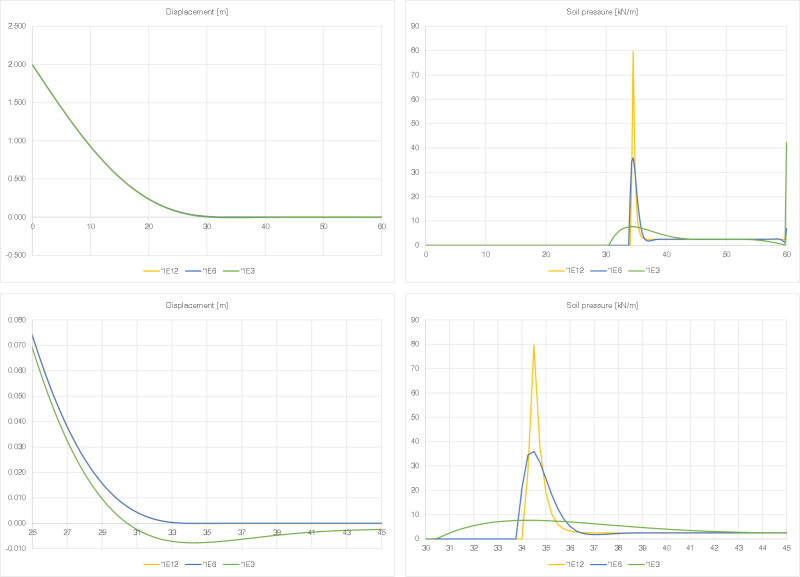As mentioned by others, 2 meters is a lot of deflection for a real pipe... but will put that aside.
Here's a 2-step, simple model for an accurate solution using hand calculations:
Step 1:
Turn the
OP's problem upside-down (The pipe does not care, it's structural properties are symmetric and applied load is gravity. Assume the pipe "sticks" to the upside-down flat surface beginning at the tangent point).
Consider the upside-down pipe to be a cantilever beam. While upside-down, for any value of deflection "h", force "F" = 0 (when upside-down, the uniformly distributed self-weight of the pipe, over length "L", causes deflection "h").
For a pipe with known properties, "w", "E" and "I", calculate length "L" for the proposed 2 meter deflection:
Step 2:
Flip the model back right-side-up. Now the the pipe is represented by a "deflected propped cantilever".
When the problem is right-side-up, force "F" is no longer zero. Instead, "F" is the force needed to deflect the pipe (of length "L", calculated above) into the correct shape (calculated above).
Using the pipe's known properties and length "L", calculate force "F" (shown as R
1 on the diagram below)
I'm not skilled with metric, so an example with modest deflection in US customary units is attached. Here is an image of the attachment:
![[idea] [idea] [idea]](/data/assets/smilies/idea.gif)
![[r2d2] [r2d2] [r2d2]](/data/assets/smilies/r2d2.gif)
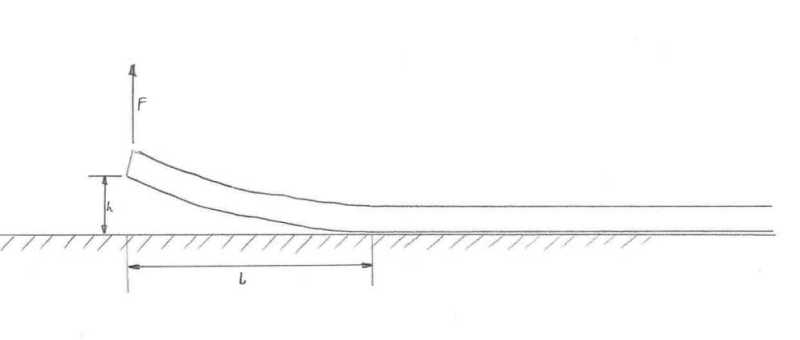


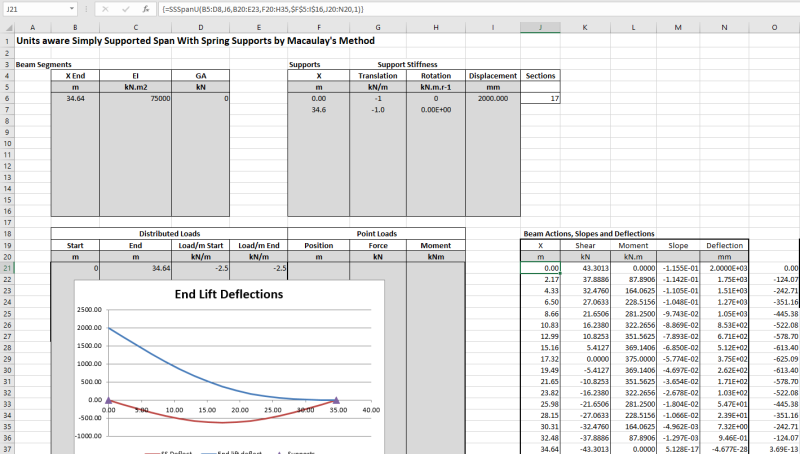
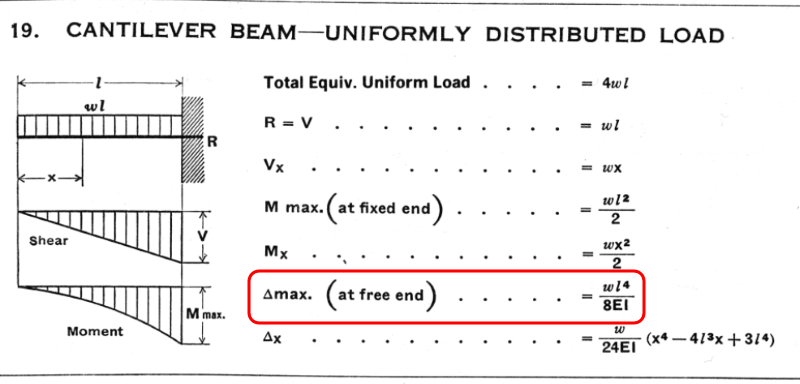

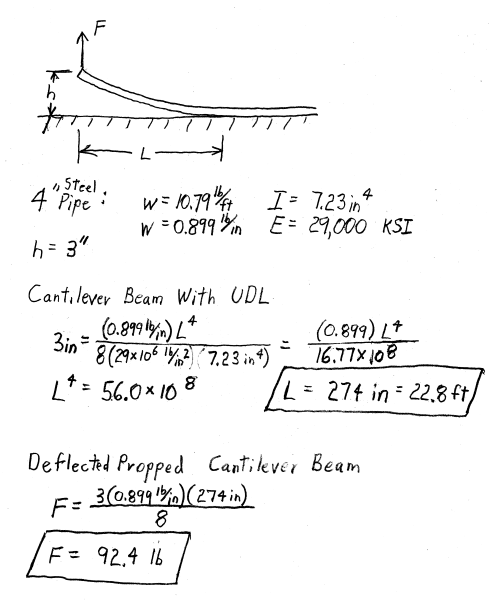
![[idea] [idea] [idea]](/data/assets/smilies/idea.gif)
![[r2d2] [r2d2] [r2d2]](/data/assets/smilies/r2d2.gif)
